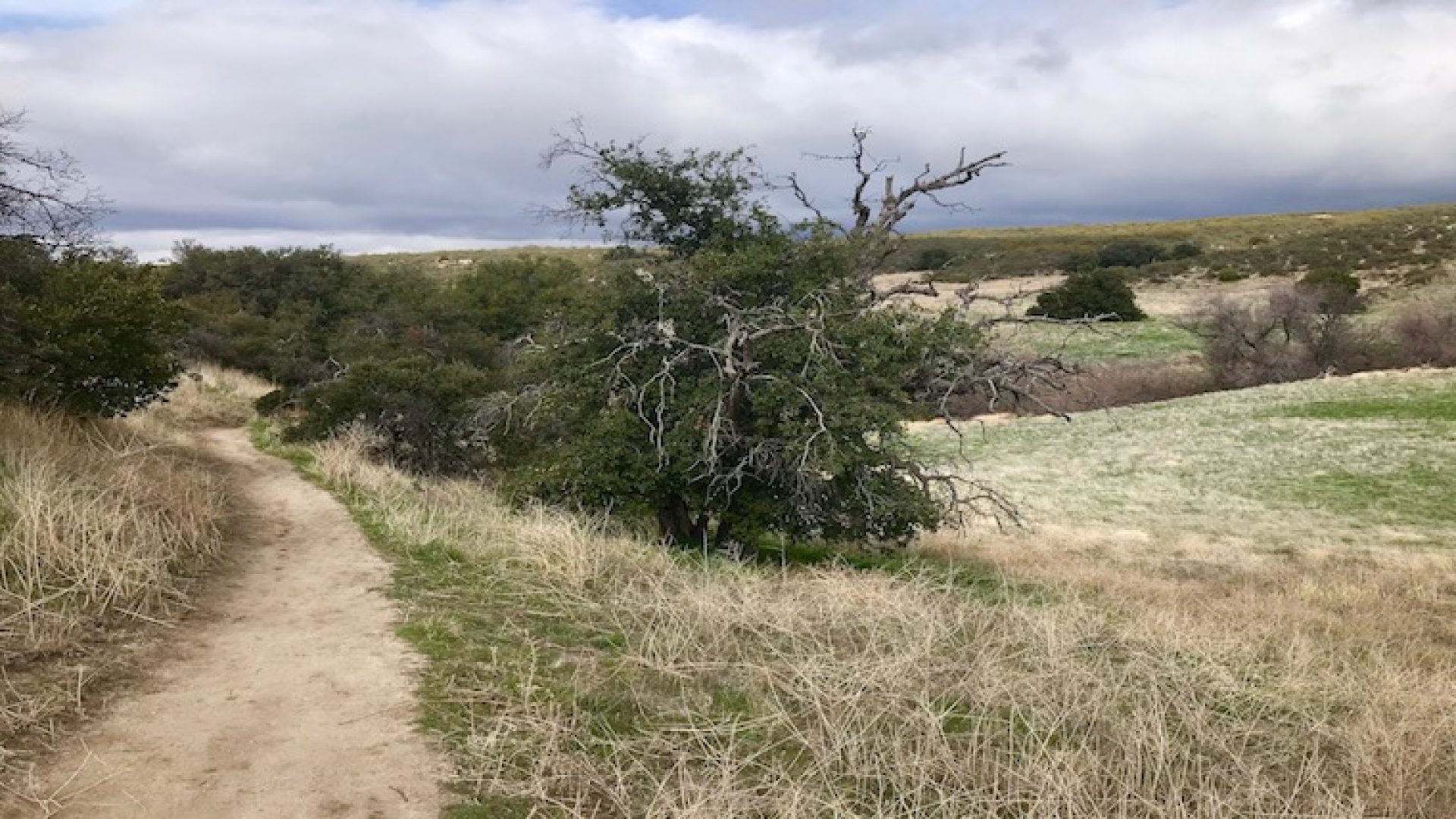Hurt people hurt people. And, conversely, healed people heal people.
We are in need of healing our psyches, our souls, and our
relationship with our planet.
In the plant world, non-native species that enter a landscape can either become naturalized to a place or become invasive. Humans do the same.
We all know what invasive species do – they take over the land and don’t allow anything else to grow there. Invasive species choke off resources to the original inhabitants Invasive species become dominant and push out what was there before.
On the other hand, naturalized species become helpful and harmonize with the new environment they arrive in.
Naturalized species work harmoniously with the people and plants around them. They share their gifts and thrive in intimate reciprocity.
One way for us to heal is to find belonging to a place. Belonging is wired into humans, it is biological. We need it in order to feel safe.
Many of us are connected to the land and to the earth. Deepening
these relationships can have a profound effect on the shifts that are taking
place right now on the planet.
It is often said that land belongs to us, or it belongs to that other person.
What would happen if we found ways to belong to the land? To come into relationship with the land we are on no matter where we are? To create community with the land and its non-human inhabitants? To know and be known by the land we inhabit?
One thing that would happen is we could come into a deeper cycle of naturalization with the land. When we do this, we share our unique self and our gifts with the world and create an intimate relationship with our natural spaces. This is a healing space for us and for the planet.
In order to do this, it requires us having an intimate relationship with the land.
Beginning Steps to Creating Relationship with the Land
- Stand in a place where you can have your feet on the earth (grass, soil, rocks, etc) or where you can see something in the natural world clearly. If possible, touch something in the natural world with your feet or hands.
- Introduce yourself to this land and this space (silently.) Greet the plants, trees, or other parts of the natural world like you would another person. Feel into the spirit or life force of each part of the natural world.
- Silently ask if the land needs or wants anything from you. Listen for an answer while you’re in touch with the natural world. Answers may come with an image, with thoughts or words, you may just know something you didn’t before you asked, or you may get a feel of an answer in your body.
- Silently ask if the land has anything it needs or wants to give to you. Listen for the answer through the same avenues as above.
- Follow through with action and/or allow yourself to receive to deepen your relationship you created by asking these questions.
- Show gratitude in your way for this conversation and sharing. You may feel like you’re making it all up. That’s completely normal. It will feel more natural as you continue your relationship with the land.
Unless we are Native or Indigenous to what we now call the United States of America, we are immigrants. Our current society in the US began in the colonies, through colonization.
Original immigrants that came to the US, and many of those who followed, were fleeing persecution, pain, and a traumatized life.
At the time of colonization of America, Europe was an incredibly brutal place.
Fleeing humans brought that trauma energy and psyche with them to this place.
Why would I bring this up in a healing space? Because this country was founded on trauma, pain and wounding. Many of our ancestors who came here before us also brought trauma, pain and wounding with them here. Much of it has not been resolved.
We can stop the cycling of pain and hurt.
Hurt people hurt people.
And, conversely, healed people heal people.
We are in need of healing our psyches and our souls.
We need healing and reparative engagement—with people, the land and our souls and our spirit.
Healing requires wounds being seen, understood, and tended to. Left alone, deep wounds can fester and become infected.
In order to heal, in any situation, we first need safety.
Many of our ancestors did not have safety.
If this was never directly addressed, it has been passed down through generational lineages. We can make a difference with this here and now.
This concept of becoming naturalized to a place came from Braiding Sweetgrass by Robin Wall Kimmerer. The process is universal.

